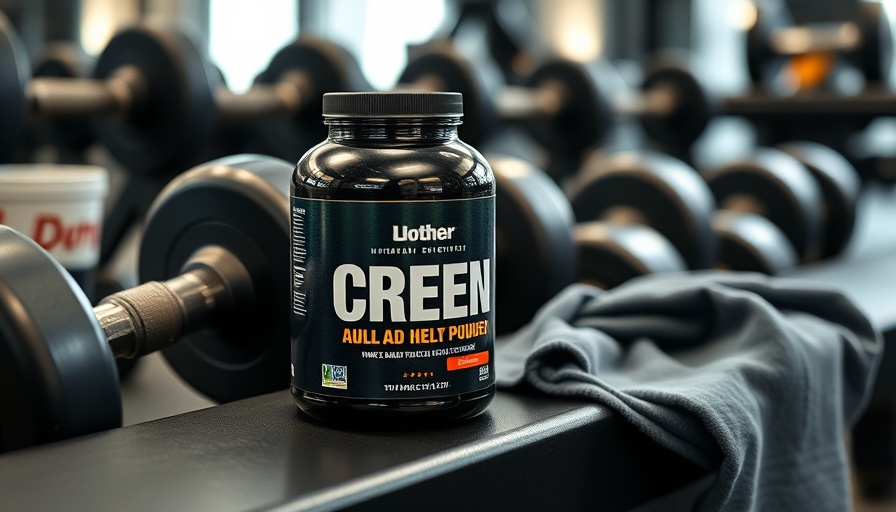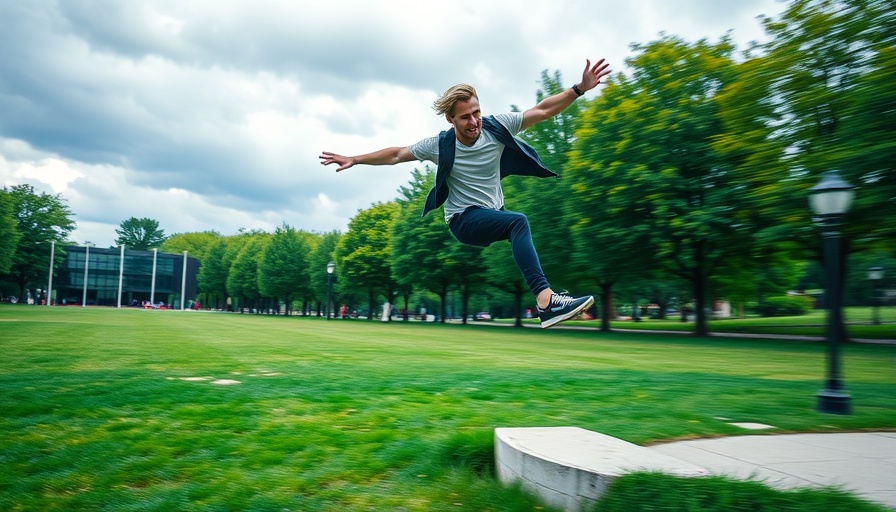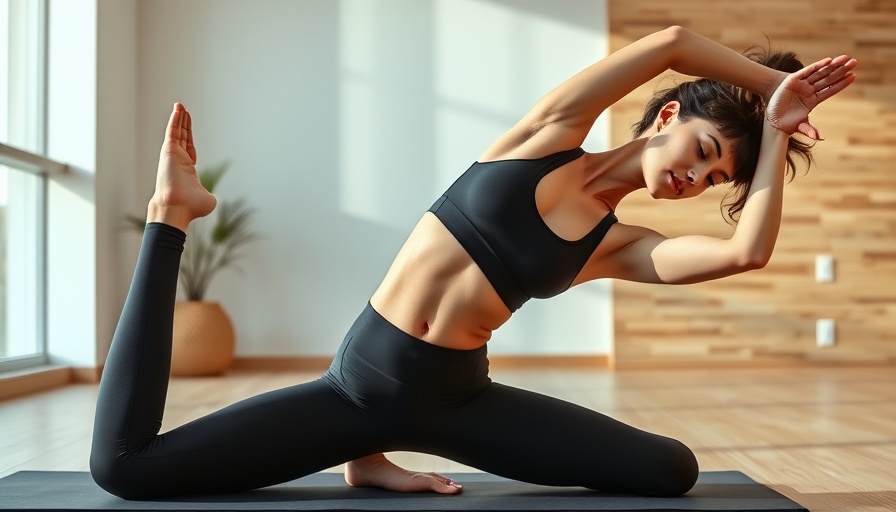
Unlocking the Secrets of Creatine: What It Is and Why It's Essential
In the world of fitness supplements, creatine monohydrate is arguably one of the most well-researched and effective options available. Though often associated with bodybuilders and athletes, creatine offers numerous health benefits that can positively impact busy adults seeking to maintain a fit lifestyle. With its impressive potential to boost athletic performance, improve brain health, and even aid in combating some aspects of aging, understanding this compound is vital for anyone keen to enhance their well-being.
How Creatine Fuels Muscle Performance
Perhaps the most recognized benefit of creatine is its ability to enhance muscle strength and endurance. Creatine achieves this by increasing the availability of adenosine triphosphate (ATP), the body’s primary energy source during high-intensity workouts. Studies indicate that supplementing with creatine can significantly improve strength output—one review in Sports Medicine noted an 8% increase in strength and a remarkable 14% boost in weightlifting performance.
As a busy adult, the prospect of training harder and longer while fitting workouts into a packed schedule is enticing. Taking 3-5 grams of creatine daily may be the boost needed to maximize your training efforts and ensure optimal results.Boosting Brain Power with Creatine
Beyond its physical benefits, creatine appears to play a crucial role in enhancing brain health. The brain demands high energy levels for optimal performance, and creatine supplementation can support cognitive functions, especially in times of stress or fatigue. Research published in Psychopharmacology indicates that creatine can enhance short-term memory and intelligence scores. For busy adults juggling work, family, and fitness, supporting cognitive function is essential.
Similar to its muscle performance benefits, a daily intake of 3-5 grams can yield cognitive advantages, making it a practical choice for those wanting to stay sharp while managing various responsibilities.
The Connection Between Creatine and Bone Health
Creatine’s health benefits extend to promoting stronger bones, particularly crucial for aging adults. The relationship between muscle mass and bone density is significant; stronger muscles can aid in maintaining bone strength and reducing the risk of osteoporosis. A study in The Journal of Nutrition, Health & Aging found that creatine combined with resistance training notably improved bone mineral density among older women.
For anyone concerned about bone health in their later years, a maintenance dose of creatine when coupled with weight-bearing exercises can be a proactive approach to enhancing skeletal strength.
Combating Aging: How Creatine May Help
As we age, cellular energy production decreases, impacting both muscle function and cognitive abilities. Creatine may serve as a valuable ally in the fight against these declines, making it a supplement not just for athletes but for anyone keen on longevity. It promotes the maintenance of energy levels and muscle function, crucial components of a healthy, active lifestyle.
Incorporating creatine into your health and fitness routine might serve as a foundation for combating age-related declines, helping busy adults maintain vitality for years to come.
Practical Tips for Incorporating Creatine
For those interested in incorporating creatine into their regimen, it’s important to start with the recommended dose of 3-5 grams per day. Mixing creatine into smoothies, protein shakes, or even water makes it easy to consume without disrupting your schedule. Moreover, remaining consistent with supplementation can help facilitate optimal results.
Beyond supplementation, integrating resistance training and regular exercise can complement the effects of creatine, reinforcing its benefits on muscle, bone, and cognitive health.
Take Charge of Your Health and Fitness Journey
Creatine provides unique advantages for busy adults trying to optimize their health and fitness routines. This powerful supplement goes beyond muscle gains; it enhances cognitive function and can even aid in long-term health strategies against aging. By making informed decisions about supplementation, busy adults can navigate their health journeys with confidence and purpose.
Ready to elevate your health and fitness journey? Consider incorporating creatine into your routine and witness the potential benefits firsthand. Remember, taking proactive steps today can lead to a healthier, more vibrant tomorrow!
 Add Row
Add Row  Add
Add 




Write A Comment